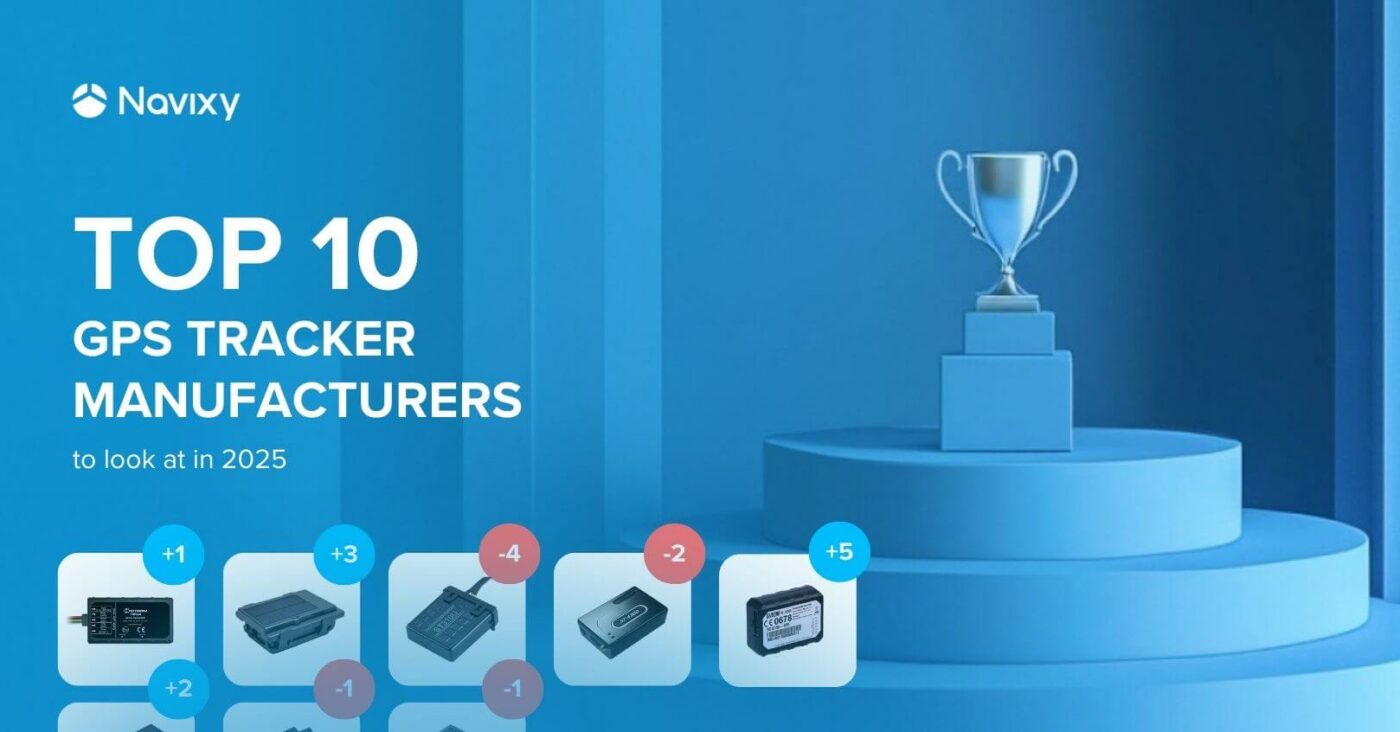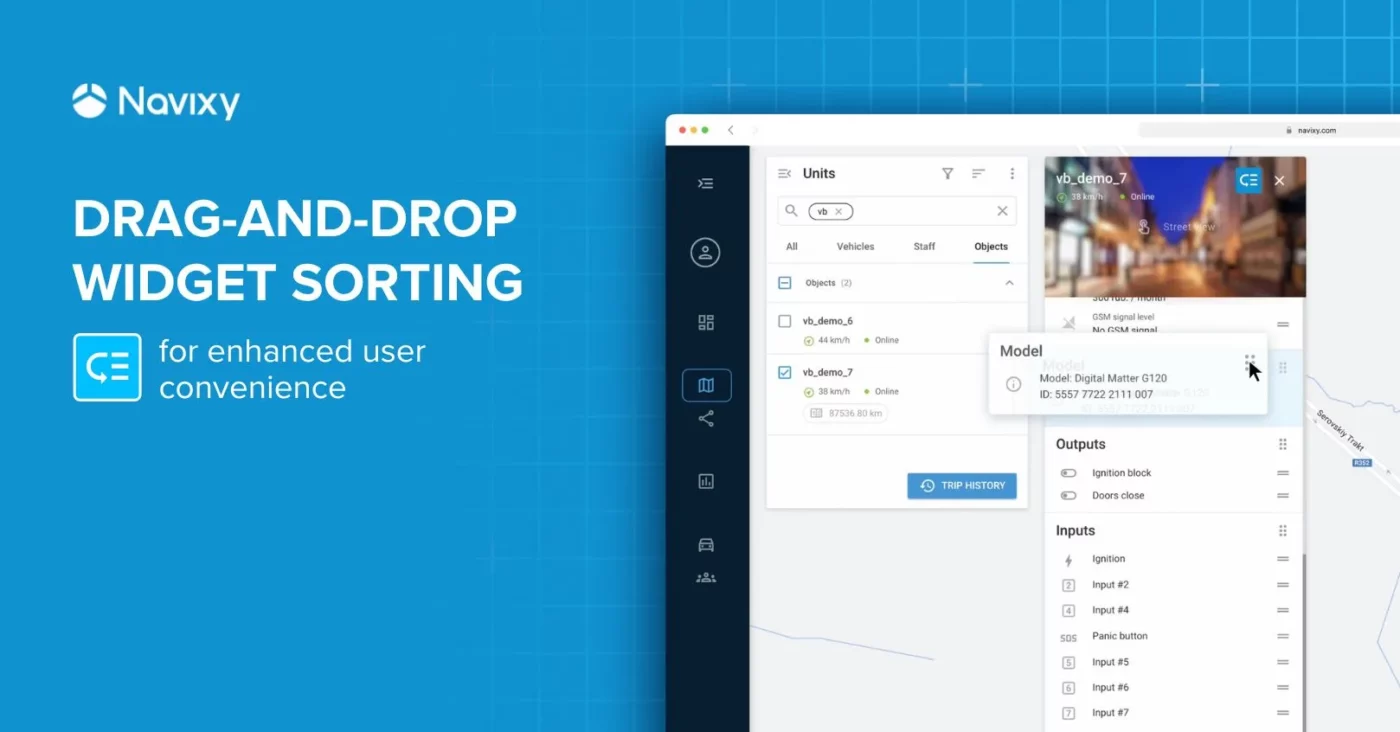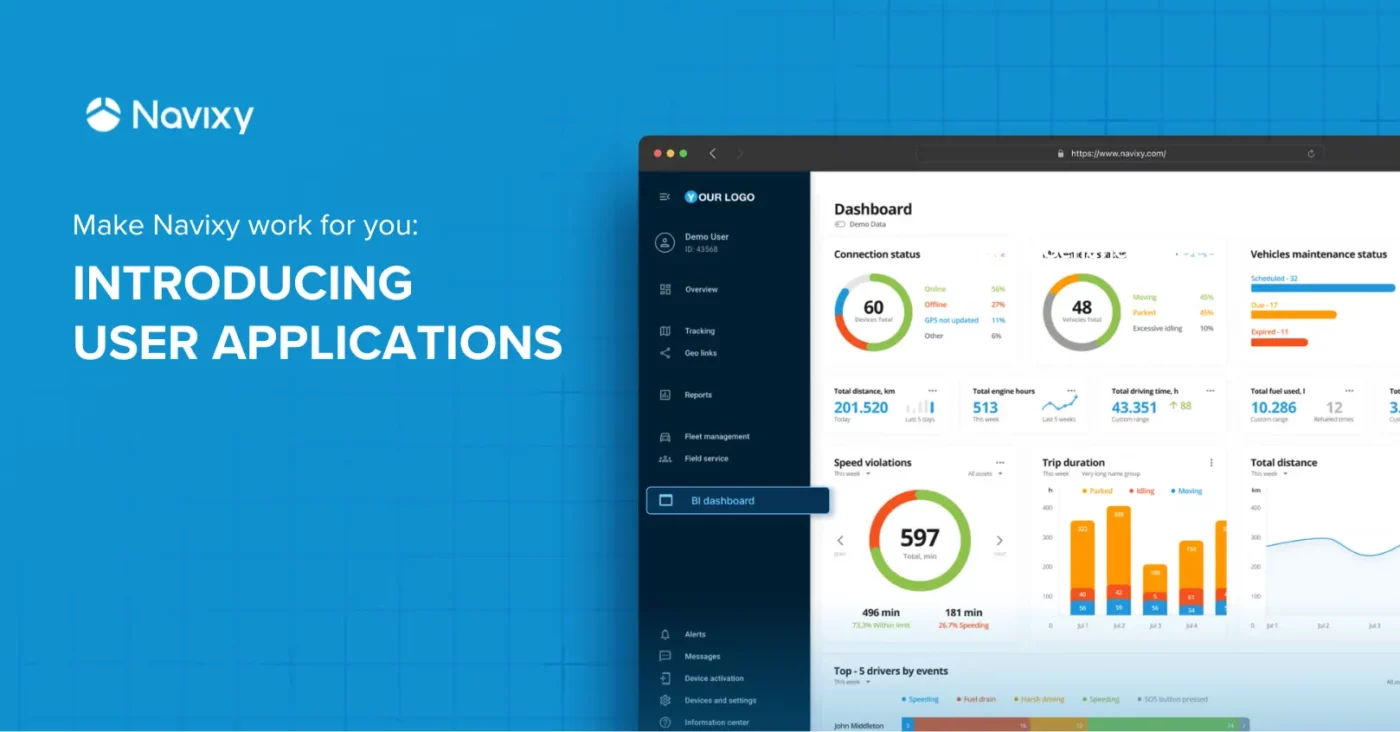Web Version
- Customisable device timeout settings feature: this feature allows users to define the device timeout interval light indicator state in the user interface based on the last data transmission. Devices not connecting to our server within this customised timeframe (from one minute to 3000 days) will automatically be marked as offline.
- Fuel volume report update: the updatedfuel volume report now includes a detailed table of daily refuellings and fuel consumption, empowering fleet managers with comprehensive insights into fuel usage. This enhanced reporting functionality aids in identifying deviations, benchmarking, and making informed decisions to optimise fuel costs.
- Task report enhancement: the task report now features new options for creating a summary list of tasks by statuses and performers, enabling more granular task management and reporting.
Developer hub
- Device cloning API calls: a new API functionality has been launched for cloning devices between main and subpass panels. A feature previously requiring support team intervention now allows direct cloning across panels, enhancing efficiency and time-saving with two specific calls:
- Clone: Clone a single device;
- Batch Clone: Clone multiple devices.
- Task optimisation process: newly updated documentation with advanced guidance on the route task optimisation process through our APIs, incorporating case-specific examples and optimisation mechanics, ensures clarity and applicability for practical scenarios and deepens understanding of route task optimisation. This makes the work more intuitive and efficient for developers.
- Track/List API enhancements: to elevate the efficiency and speed at which you access information, we've refined the Track/List API. By incorporating new parameters, we've eliminated the need for the redundant step to request additional previously required points. These enhancements include:
- with_points: when activated (set to true), this parameter ensures that track point lists are included in the initial response, streamlining data retrieval.
- point_limit: this parameter allows you to define the maximum number of points to return, offering greater control over data volume and simplifying management.
- Sensor type filtering: now enhances tracker/reading requests, enabling users to select specific sensors relevant to their business needs, streamlines data retrieval, and improves program speed and efficiency. This customisation accelerates data processing by providing targeted information from:
- A single tracker's latest sensor readings.
- Several trackers' latest readings.
- Track/Visit/List API call: the new method simplifies identifying visited zones and POIs, making it easier to see which geofences and places a tracker visited during the specified period. This single API call replaces complex procedures, offering straightforward access to this information.


